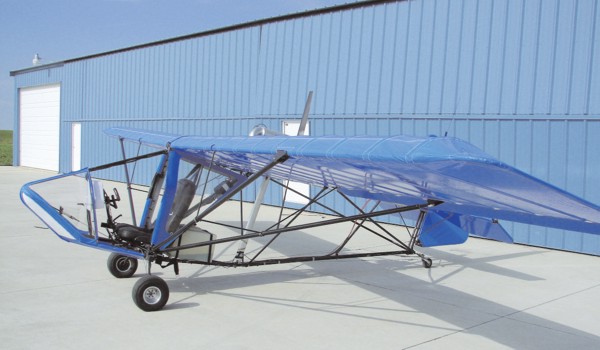
An Easy-Flying Ultralight Let’s see. A single-seat plane that can be purchased as an ultralight, assuming your engine selection doesn’t push it over Part 103’s weight limit, or built from a kit and registered as an Experimental-class aircraft, or purchased as a light sport aircraft once the manufacturer meets the ASTM certification. What’s a pilot to do? That’s the conundrum facing T-Bird I shoppers. This single-seater can be a Part 103-compliant ultralight when using a Rotax 277, still available on the used-engine market, though no longer supplied from Rotax’s Austrian factory. Few prospective owners would select this engine, yet a more powerful engine would push the T-Bird I over the Part 103 weight limit. Does that leave only the Experimental amateur-built kit option? The answer is no, and yes. To explain this apparent contradiction, a kit-built T-Bird I with a larger Rotax engine or the 60-hp HKS 700E engine could still qualify under the 51% rule.






